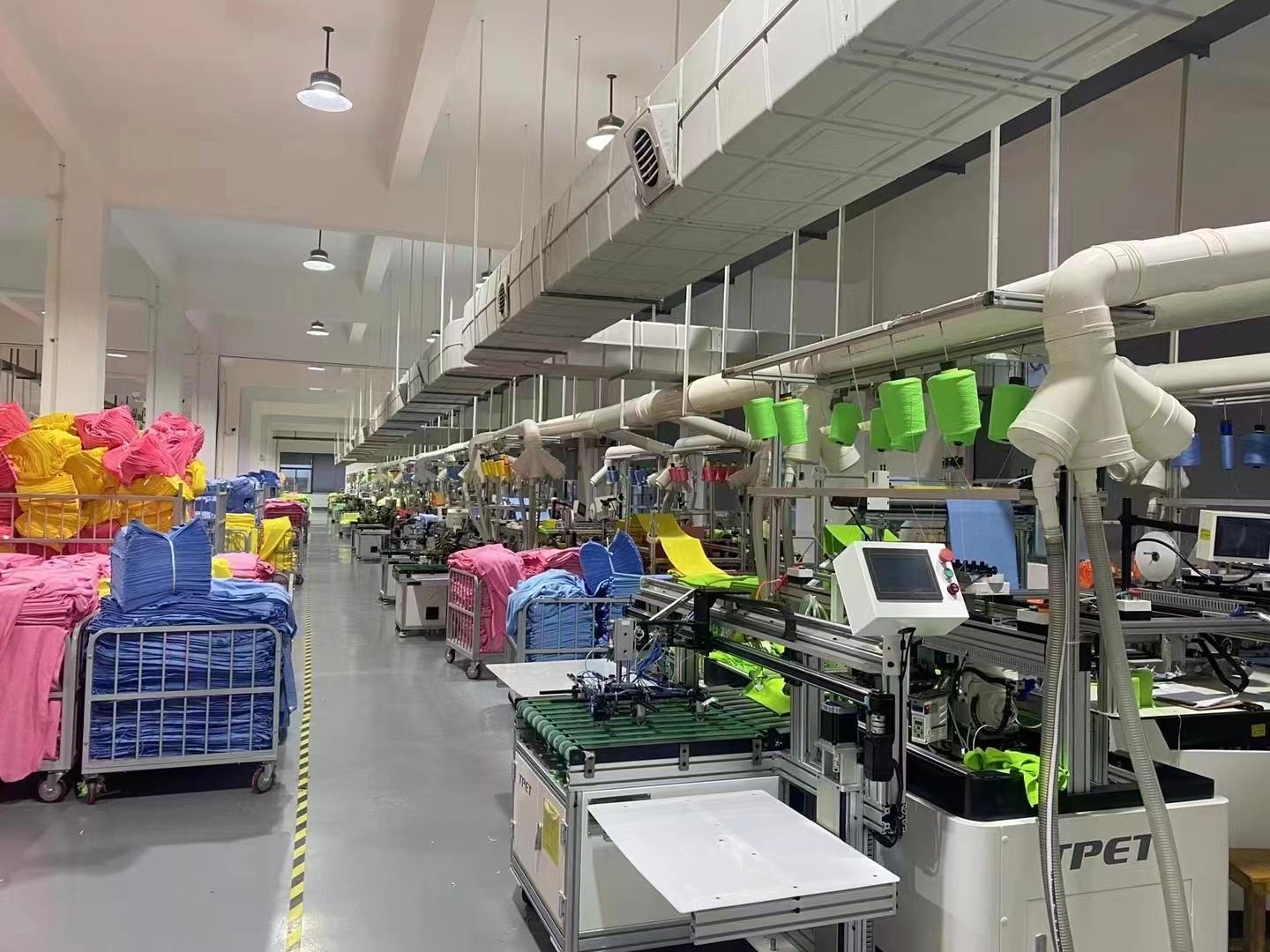1. Raw material selection
Cotton fiber: High-quality cotton, such as long-staple cotton, is commonly used.
Other fibers: Bamboo fiber, microfiber, etc. are sometimes added to improve performance.
2. Spinning
Cotton cleaning: Clean impurities in cotton fibers.
Cardling: Combing fibers to make them parallel.
Drawing: Combing cotton strips to improve uniformity.
Roving: Preliminary twisting into roving.
Spun yarn: Further twisting into spun yarn.
3. Weaving
Warping: Winding the yarn on the warp beam according to specifications.
Drawing in: Passing the warp yarn through the heald and the reed.
Weaving: Using a loom to interweave the warp and weft yarns into towel fabric.
4. Bleaching and dyeing
Bleaching: Remove impurities and improve whiteness.
Dyeing: Dyeing according to demand.
5. Finishing
Softening: Use softener to improve the feel.
Drying: Dry the towel to control the moisture content.
Shearing: trim the surface fluff to make the appearance neat.
6. Inspection and packaging
Inspection: check the quality and remove defective products.
Packaging: pack according to specifications and prepare for shipment.
7. Special treatment (optional)
Antibacterial treatment: add antibacterial agent.
Printing: print patterns or logos.
8. Finished product shipment
Warehousing: store finished products.
Logistics: arrange transportation.
Post time: Mar-07-2025


